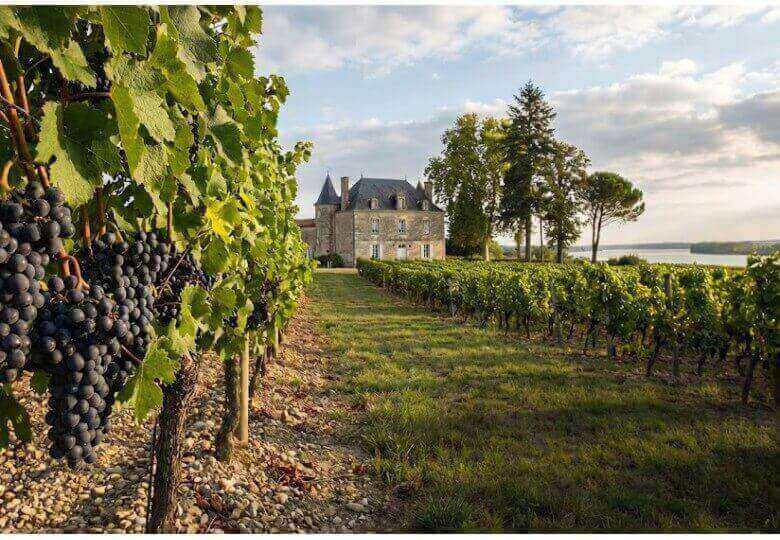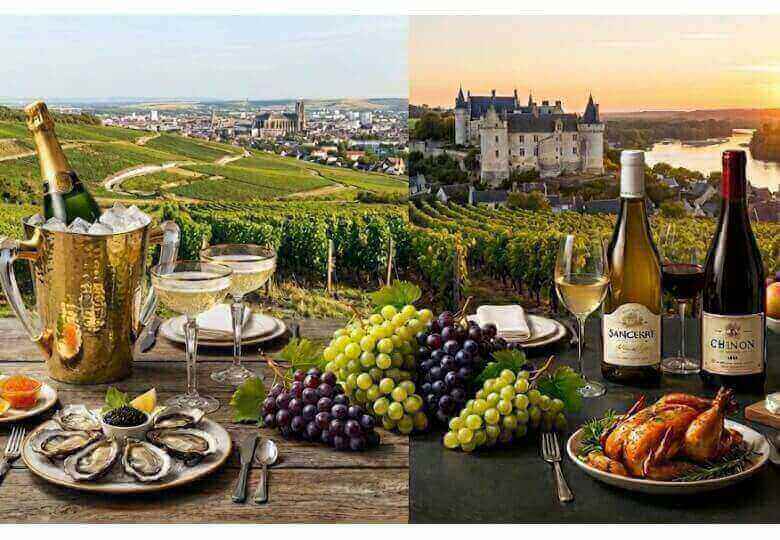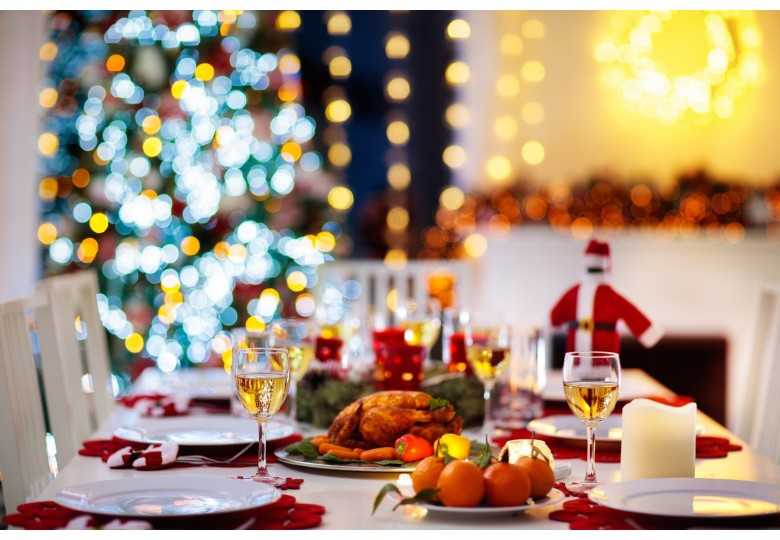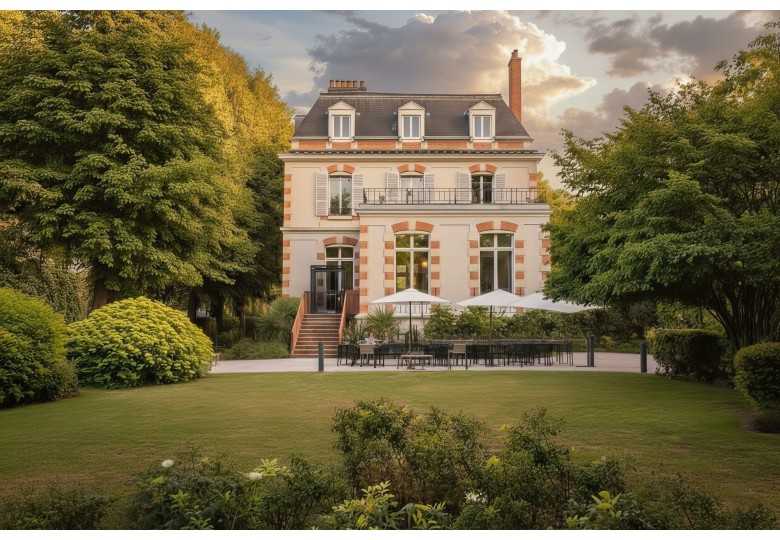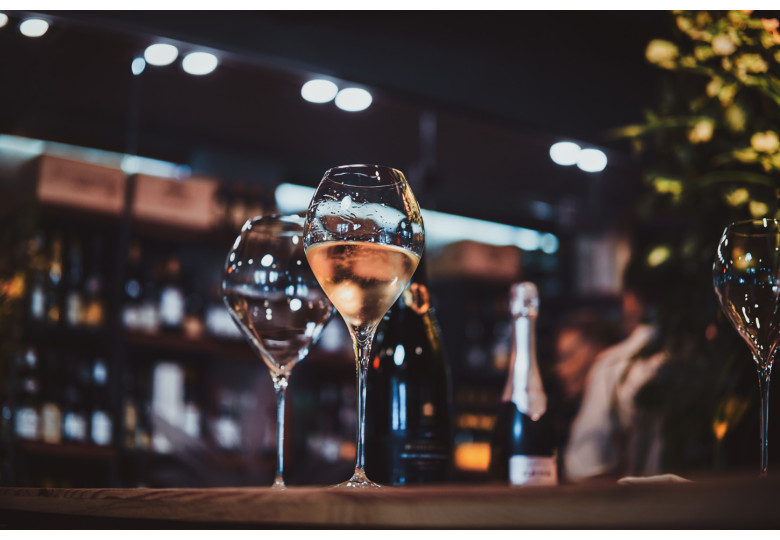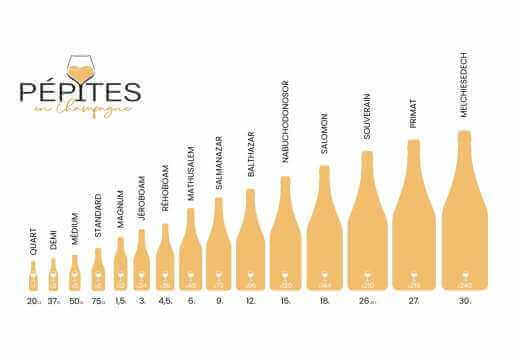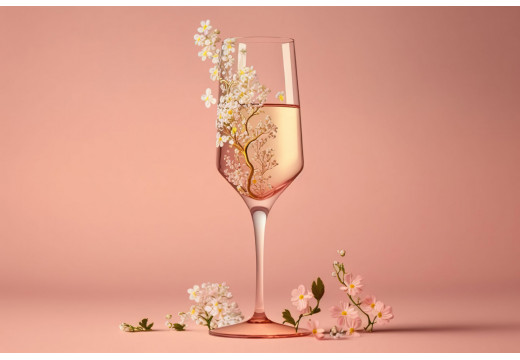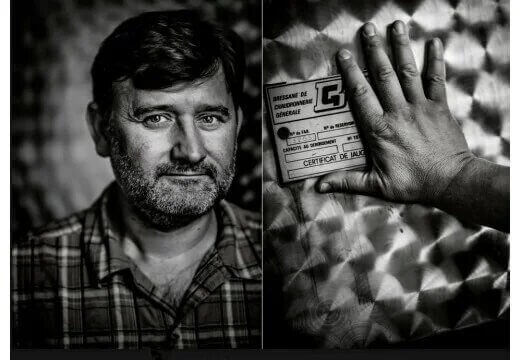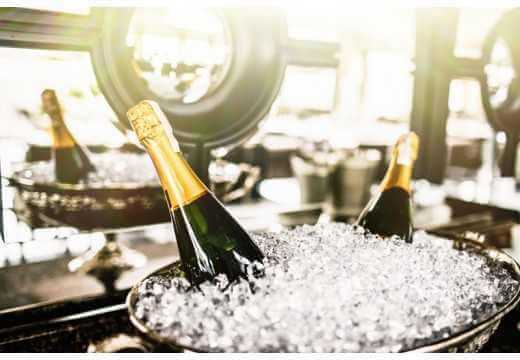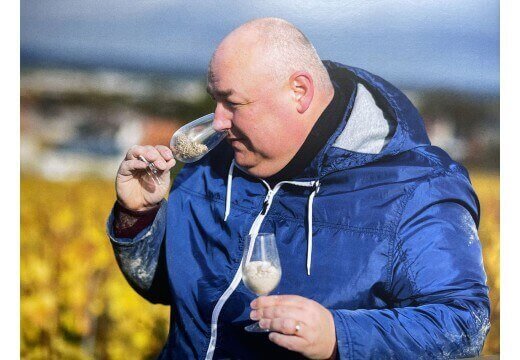Under Napoleon's new regime, the Moët family was one of the privileged few, as Jean-Rémy Moët (1758-1841) was elected mayor of Épernay in 1792. Seven years later, a certain François-Marie Clicquot secretly married Barbe-Nicole Ponsardin in a cellar. Legend has it that the priest gave the newlyweds a book on Dom Pérignon. François-Marie Clicquot's father was a local banker and merchant who owned a vineyard near the village of Bouzy, east of Épernay, as well as a small winery; on the Ponsardin side, things were even better, as the bride's father was a prosperous cloth merchant and member of the Jacobin club, whom Napoleon appointed mayor of Reims.
In 1805, Mr. Clicquot died, leaving a three-year-old daughter, a business in banking, wool and champagne, and Barbe-Nicole, his 27-year-old widow. Madame veuve Clicquot was to have a considerable influence on champagne, and on her House in particular. In a society where women were confined to the domestic sphere, as reinforced by the Napoleonic Code, widowhood was their only means of emancipation, enabling them to run their own businesses.
Under her husband's impetus, sales had risen from 8,000 bottles in 1796 to 60,000 in 1804, before his death. Unfortunately, as the war in Europe dragged on and the Royal Navy blockade became ever more rigorous, the outlook looked bleak...
Sales of Veuve Clicquot fell to 10,000 bottles a year, and long-time partner Alexandre Fourneaux abandoned ship. In 1810, Louis Bohne, the House's principal emissary, noted: "Very quiet business";"No maritime traffic because of the English fleet. In Vienna, the nobility has no money to pay the brokers because they haven't sold wheat for three years, prices dizzy." No doubt he's referring to sparkling champagne, still very different from the one we enjoy today. Rather cloudy, it can indeed be decanted, at the risk of eliminating most of the bubbles; it is ten times sweeter than today's brut, and lacks the fine, elegant bubbles. Larger, more carbonated, they are more reminiscent of beer, to the point that Madame Clicquot calls them "toad eyes".


